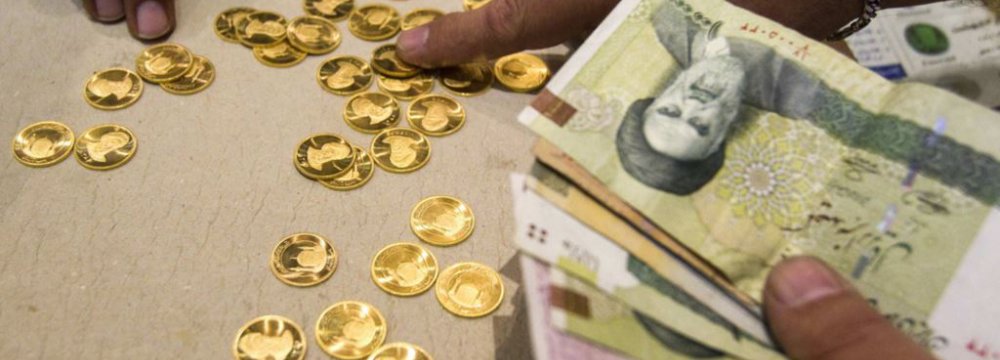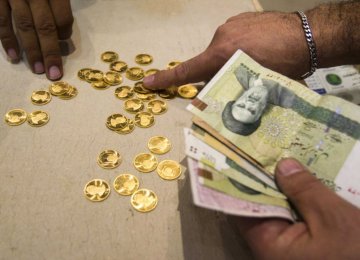Foreign exchange deputy at the Central Bank of Iran has advocated the expansion of non-oil exports as a means to achieve a unified foreign exchange regime.
Gholamali Kamyab, who was speaking at the 25th annual Conference on Monetary and Exchange Rate Policies in Tehran, said the diversity of non-oil revenues could be a “good stronghold” for the adoption of a unified system in the near future, IRNA reported on Sunday.
CBI Governor Valiollah Seif on Sunday announced measures to finally scrap the two-tier exchange rate and inch toward a unified system once the “unjust western sanctions” against the country are eased.
Seif said that to fulfill the decision, CBI has embarked on a series of reforms to regulate the currency market and gradually close the gap between the official and unofficial exchange rates to prevent the incongruous accumulation of foreign currency.
“We made two former attempts at exchange rate unification, one of which endured only a month and the other lasted for roughly a decade,” Kamyab said. “But, alas, both attempts fell flat due to a lack of resolve to stick with the plan.”
The history of a double exchange rate system goes back to 2011 when the currency crisis hit rock bottom. To protect the market against currency shocks, CBI announced an “official rate” for the US dollar, which was agreed to be 12,260 rials. The bank even launched an “exchange transaction chamber” in 2012 to calm the frenzy. However, the measure did little to stabilize the market and the use of “official rate” never actually caught on, not even in official transactions.
Kamyab argued that in order to fulfill the requirements of a unified foreign exchange rate, there is a need for “flexible policies” to adapt to the market mood. He called for “harmony between different sectors” as well as “efficient prioritization” of decisions to expedite the unification process.
He said, “The situation is now different from the past when we only exported crude oil. Since foreign exchange revenues have diversified, we have been able to establish a national development fund to build our currency reserve. Foreign reserves are beneficial and we need to set aside non-oil revenues as a bastion for a unified exchange rate.”
The CBI official contended that ‘exports’, ‘direct investment’, ‘access to foreign money’ and ‘issuing bonds in international markets’ are all required to regulate the currency market.
“Issuing bonds in global markets is one of the most effective ways to achieve a unified exchange rate that allows the government and the CBI to enter the global markets successfully and raise the needed capital,” he said, “but this can happen only when conditions in the global markets are friendly for issuing sovereign bonds.”
Kamyab reminded that foreign exchange unification cannot occur “overnight” and said some of what has to be done in that area is outside the jurisdiction of CBI.
“Although the government and the legislative branch both are determined to push ahead with the agenda, we should wait until global inter-banking conditions improve, which will happen soon.”
Market Favoring
The CBI has been at work to unify the official and unofficial foreign exchange rates since 2013. Exchange unification attempts gained momentum especially after the rial lost about 70% of its value against the US dollar in 2012.
An analysis by Azad News Agency indicates that narrowing the gap between the official exchange rate and the market rate has so far tilted toward the substantially higher rate of the market.
Although CBI officials have repeatedly declared that they have no desire to manipulate the currency market, evidence shows that the bank at least has no plans to keep the rial’s value at current official levels against the dollar and even wants it to approach the market rate, which is 15% higher.
The problem with this market-based rate, however, is that supply and demand seem to play no role in market fluctuations. But rather, speculative adventures reign supreme in Ferdowsi Street and Sabzeh Meydan - two major unofficial forex markets in Tehran.
The same wheeler-dealers of the currency market who were living under the daily threat of being rounded up by authorities are now slated to have the final say in currency games, the analysis said.





